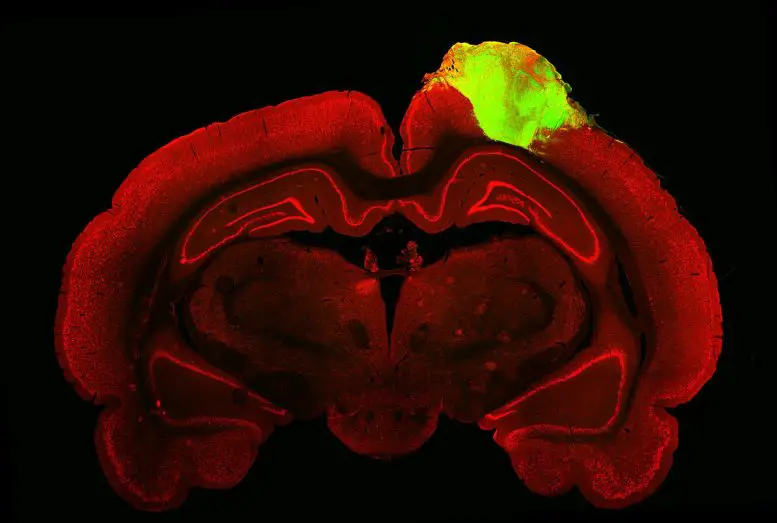Scientists transplant human brain organoids into adult mice
- February 10, 2023
- 0
In a study published in the journal Cell Stem Cell On Feb. 2, researchers showed that brain organoids – clusters of neurons grown in the lab – can
In a study published in the journal Cell Stem Cell On Feb. 2, researchers showed that brain organoids – clusters of neurons grown in the lab – can

In a study published in the journal Cell Stem Cell On Feb. 2, researchers showed that brain organoids – clusters of neurons grown in the lab – can integrate into mouse brains and respond to visual stimulation such as flashing lights.
Decades of research have shown that we can transplant individual human and rodent neurons into rodent brains, and more recently it has been shown that human brain organoids can be integrated into the developing rodent brain. However, whether these organoid grafts can functionally integrate with the visual system of the damaged adult brain has yet to be investigated.
“We focused not only on transplanting single cells, but also on actual tissue transplants,” said senior author H. Isaac Chen, a professor of neurosurgery and doctor at the University of Pennsylvania. “Brain organs have an architecture; They have a brain-like structure. We were able to look at individual neurons in this structure to gain a deeper understanding of the integration of transplanted organoids.”
In the lab, the researchers cultured neurons derived from human stem cells for about 80 days before transplanting them into the brains of adult mice with damage to the visual cortex. Within three months, the transplanted organoids integrated into the host’s brain: they became vascularized, increased in size and number, sent out neural projections, and formed synapses with the host’s neurons.
The team used fluorescent viruses that bounce across synapses from neuron to neuron to detect and monitor physical connections between organoid and host mouse brain cells. “By injecting one of these viral tracers into the animal’s eye, we were able to trace the neural connections down the retina,” says Chen. “The tracer reached the organoid.”
Next, the researchers used electrode probes to measure the activity of individual neurons in the organoid when the animals were exposed to flashing lights and alternating white and black stripes. “We found that a large number of neurons in the organoid were responding to a particular direction of light, which provides us with evidence that these organoid neurons are not only able to integrate with the visual system but also take on very specific visual functions.. barking.”
The team was surprised at how much the organoids could integrate in just three months. “We didn’t expect this degree of functional integration so early,” says Chen. “There is other research looking at single cell transplants that shows that even 9 or 10 months after transplanting human neurons into a rodent, they are still not fully mature.”
“Nerve tissue has the potential to repair damaged areas of the brain,” says Chen. “We haven’t figured everything out yet, but this is a very serious first step. Now we want to understand how organoids can be used in other areas of the cortex, not just the visual cortex, and we want to understand the rules that govern how organoid neurons integrate with the brain so we can better control and perform this process.” it will be fast”.
Source: Port Altele
As an experienced journalist and author, Mary has been reporting on the latest news and trends for over 5 years. With a passion for uncovering the stories behind the headlines, Mary has earned a reputation as a trusted voice in the world of journalism. Her writing style is insightful, engaging and thought-provoking, as she takes a deep dive into the most pressing issues of our time.